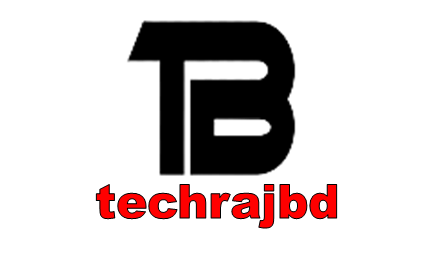What is Bitcoin?
The system enables payments to be sent between users
without passing through a central authority, such as a bank or payment gateway.
It is created and held electronically. Bitcoins aren't printed, like dollars or
euros – they're produced by computers all around the world, using free
software.
It was the first example of what we today call
cryptocurrencies, a growing asset class that shares some characteristics of
traditional currencies, with verification based on cryptography.
Who created it?
A pseudonymous software developer going by the name of
Satoshi Nakamoto proposed bitcoin in 2008, as
an electronic payment system based on mathematical proof. The idea was to
produce a means of exchange, independent of any central authority, that could
be transferred electronically in a secure, verifiable and immutable way.
To this day, no-one knows who Satoshi Nakamoto really
is.
In what ways is it different from traditional
currencies?
Bitcoin can be used to pay for things electronically,
if both parties are willing. In that sense, it's like conventional dollars,
euros, or yen, which are also traded digitally.
But it differs from fiat digital currencies in several
important ways:
1 – Decentralization
Bitcoin's most important characteristic is that it is
decentralized. No single institution controls the bitcoin network. It is
maintained by a group of volunteer coders, and run by an open
network of dedicated computers spread around the world. This attracts
individuals and groups that are uncomfortable with the control that banks or
government institutions have over their money.
Bitcoin solves the "double spending problem"
of electronic currencies (in which digital assets can easily be copied and
re-used) through an ingenious combination of cryptography and economic
incentives. In electronic fiat currencies, this function is fulfilled by banks,
which gives them control over the traditional system. With bitcoin, the
integrity of the transactions is maintained by a distributed and open network,
owned by no-one.
2 - Limited supply
Fiat currencies (dollars, euros, yen, etc.) have an
unlimited supply – central banks can issue as many as they want, and can
attempt to manipulate a currency's value relative to others. Holders of the
currency (and especially citizens with little alternative) bear the cost.
With bitcoin, on the other hand, the supply is tightly
controlled by the underlying algorithm. A small number of new bitcoins trickle out every hour, and will
continue to do so at a diminishing rate until a maximum of 21 million has been
reached. This makes bitcoin more attractive as an asset – in theory, if demand
grows and the supply remains the same, the value will increase.
3 - Pseudonymity
While senders of traditional electronic payments are
usually identified (for verification purposes, and to comply with anti-money
laundering and other legislation), users of bitcoin in theory operate in
semi-anonymity. Since there is no central "validator," users do not
need to identify themselves when sending bitcoin to another user. When a transaction
request is submitted, the protocol checks all previous transactions to confirm
that the sender has the necessary bitcoin as well as the authority to send
them. The system does not need to know his or her identity.
In practice, each user is identified by the address of
his or her wallet. Transactions can, with some effort, be tracked this way.
Also, law enforcement has developed methods to identify users if necessary.
Furthermore, most exchanges are required by law to
perform identity checks on their customers before they are allowed to buy or
sell bitcoin, facilitating another way that bitcoin usage can be tracked. Since
the network is transparent, the progress of a particular transaction is visible
to all.
This makes bitcoin not an ideal currency for
criminals, terrorists or money-launderers.
4 - Immutability
Bitcoin transactions cannot be reversed, unlike
electronic fiat transactions.
This is because there is no central
"adjudicator" that can say "ok, return the money." If a
transaction is recorded on the network, and if more than an hour has passed, it
is impossible to modify.
While this may disquiet some, it does mean that any
transaction on the bitcoin network cannot be tampered with.
5 - Divisibility
The smallest unit of a bitcoin is called a satoshi. It
is one hundred millionth of a bitcoin (0.00000001) – at today's prices, about
one hundredth of a cent. This could conceivably enable microtransactions that
traditional electronic money cannot.
Like
and share this article, please.










কোন মন্তব্য নেই